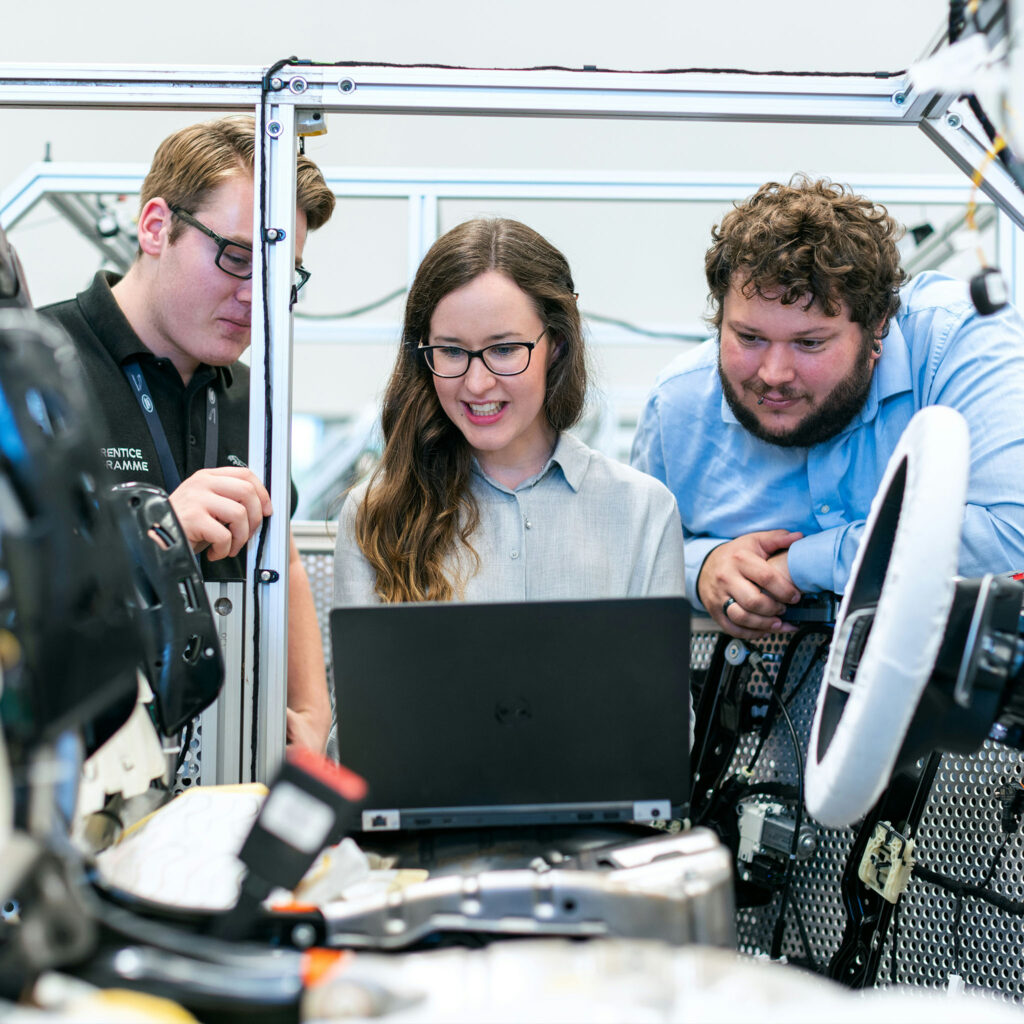Precision Timing
Our precision timing protocol and time synchronization interface, equipped with a kit and software driver, enables users to timestamp models running on a Real-Time Simulator and configure various synchronization setups. This setup supports precision timing solutions across a range of simulation environments.
Connectors
Three connectors offer flexible options:
- First Connector: Synchronize the simulator with an external precision time source using IRIG-B or 1PPS, or generate an IRIG-B or 1PPS signal. Ideal for systems requiring time-synchronous operation and clock signal emulator capabilities.
- Second Connector: Continuously generate a clock signal based on the real-time model’s timestep, allowing FPGA simulations or external devices to sync with the simulator. This feature supports time synchronization in synchronous machine simulation and other real-time applications.
- Third Connector: Receive IEEE-1588 PTP for precise external time synchronization. This allows for seamless integration with time synchronization software and high-fidelity simulation platforms.
About IRIG-B, 1PPS, and IEEE-1588
IRIG-B (IRIG Time Code B) is widely used in the electrical power industry. With a pulse rate of 100 pulses per second and an index count of 10 milliseconds across a one-second frame, IRIG-B provides time-of-year and year information in BCD format, with optional seconds-of-day in SBS.
A pulse per second (PPS or 1PPS) is an electrical signal that has a width of less than one second and a sharply rising or abruptly falling edge that accurately repeats once per second.
IEEE-1588 is a standard protocol for precise clock synchronization in measurement and control systems, using technologies like network communication, local computing, and distributed objects.
RESOURCES
Product guide
Explore our communication protocols, browse product lists, and access user documentation.

FAQ
Find the answer to your questions
What Is the Precision Timing Protocol and How Does It Support Real-Time Simulation?
The precision timing protocol enables accurate time synchronization for models running on our real-time simulators. It supports IRIG-B, 1PPS, and IEEE-1588 inputs, making it ideal for precise control in time-synchronous systems and synchronous machine simulation.
How Do OPAL-RT’s Precision Timing Solutions Improve Time Synchronization?
Our precision timing solutions offer three flexible connectors to support external clock inputs, real-time clock signal generation, and IEEE-1588-based synchronization. These tools enhance time synchronization accuracy in both real-time models and external hardware interfaces.
What Role Does Time Synchronization Software Play in Synchronous Machine Simulation?
Time synchronization software ensures that real-time simulators and synchronous machine simulation systems operate in perfect sync with external time sources. This enables precise event tracking and response, especially in power systems and industrial automation applications.
Can the Precision Timing Interface Function as a Clock Signal Emulator?
Yes, our interface can act as a clock signal emulator by generating a continuous clock signal based on the real-time model’s timestep. This allows FPGA simulations and external devices to maintain time synchronization with the simulator.
Which Protocols Are Supported by OPAL-RT’s Time Synchronous Systems?
The system supports multiple industry-standard protocols for precision timing, including IRIG-B, 1PPS, and IEEE-1588. These protocols enable reliable time synchronous operations and integrate seamlessly with RT-LAB and HYPERSIM platforms.

